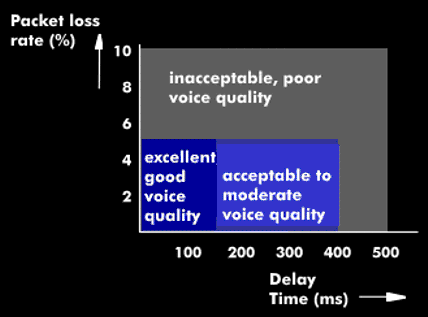code excited linear prediction (voice compression) (CELP)
Code Excited Linear Prediction (CELP) is a hybrid speech compression technique that combines the advantages of waveform coding with those of parametric coding. It combines pulse code modulation( PCM) with Parametric Stereo( PS), like Linear Predictive Coding( LPC). CELP features good speech quality, comparable to pulse code modulation (PCM), but has a lower data rate compared to pulse code modulation (PCM) or adaptive delta pulse code modulation( ADPCM). A hybrid vocoder based on CELP has much higher complexity due to the double coding.
The data rates of CELP are scalable in 200-bit/s steps between 3.85 kbit/s and 23.8 kbit/s, at sampling rates between 8 kHz and 16 kHz. With these data rates, music can only be transmitted in reduced quality.
In addition to the normal CELP method, there are variants specified by the ITU-T with lower delay times and transmission rates, the Low Delay, Code Excited Linear Prediction( LD-CELP) specified in ITU-T Recommendation G.728 and the Conjugate Structure Algebraic Code Excited Linear Prediction( CS-ACELP) from G.729.
G.728 achieves an MOS value for voice quality of 4.0 at a transmission rate of 16 kbit/s and is characterized by a signal delay time resulting from coding and decoding that is 0.625 ms. In the ITU G.729 standard, a comparison of the voice signal with the model is performed before encoding. This complex procedure requires only half the transmission rate for transmission compared to LD-CELP.
For the CELP used in MPEG-4, there are two sampling frequencies of 8 kHz and 16 kHz. The operation with the lower sampling rate is called NB-CELP(Narrow Band), the one with 16 kHz is called WB-CELP(Wideband).

